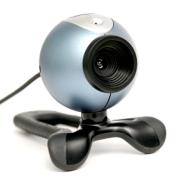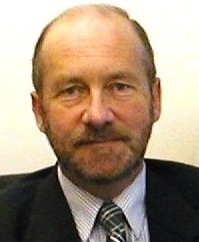Date: 2013-01-26 Time: 07:00 - 09:00 US/Pacific (1 decade 1 year ago)
America/Los Angeles: 2013-01-26 07:00 (DST)
America/New York: 2013-01-26 10:00 (DST)
America/Sao Paulo: 2013-01-26 11:00
Europe/London: 2013-01-26 14:00
Asia/Colombo: 2013-01-26 19:30
Australia/Sydney: 2013-01-27 01:00 (DST)
Where: Online Video Conference
This video conference used Fuzemeeting.
The meeting can be replayed by clicking this link:
https://www.fuzemeeting.com/replay_meeting/fccff073/3342175
Description
Consideration is given to experiments up to the present that have been concerned in independent ways with electrodynamic measurements. Electromagnetic energy generated on the Earth is shown to be largely carried by its co-ordinate frame in its solar orbit, though not in its diurnal rotation, and this, together with a reanalysis of classical electromagnetic theory retaining the small, but non-zero, term involving the electric conductivity of free space, leads to a satisfactory explanation of observed phenomena, and to a necessary reassessment of relativistic and cosmological physical theories developed during the last century. The analysis entails looking afresh at all the data without any preconceived explanation, and then formulating the mathematical basis of a new explanatory theory; in this the D'Alembertian (4-dimensional) wave function does not vanish, but is dependent on the partial time-derivative of the function and the electric conductivity and magnetic permeability of the medium of transmission of electromagnetic radiation. This in turn entails a dissipation on wave propagation through space which, rather than postulated expansion thereof, accounts for observed galactic spectroscopic red-shifts. The theory, unlike Einsteinian relativity, is compatible with both available experimental data (some not adequately explained heretofore) and the essentials of classical physics.



